( Quang Ngai Newspaper) - Nowadays, on every holiday and Tet, the national flag is solemnly hung by people across the country, showing patriotism and national pride. In the past, flag hanging also had its own regulations and flag hanging customs clearly recorded in history books.
The book "Dai Viet Su Ky Toan Thu" recorded the flag-hanging custom under King Le Thanh Tong as follows: "At that time, the navy and army did not have a clear regulation on flags, weapons, ceremonial emblems and boats. The king discussed and then regulated: The platoon used yellow flags, the upper platoon used red flags, the lower platoon used white flags". According to the flag regulations of the five armies, the middle army used yellow, representing the Earth element symbolizing the center and power of the king, the other colors were divided among the ranks of the army.
During the Nguyen Dynasty, King Gia Long ordered that the Long Tinh Ky flag be flown on the flagpole. The Long Tinh Ky is a dragon flag with a red dot and green fringe, representing a nation originating from the Dragon and Fairy in the South. The flagpole in the capital Hue , completed in 1807, is the largest flagpole in Southeast Asia.
 |
| The custom of hanging flags on the pole of the people in Ly Son district, below the national flag is the five-element flag. |
During the reign of King Minh Mang 5 (1824), regulations were set for flag towers, flag poles and flag-hanging customs for localities. The king ordered: “In the citadels of the citadels, dinh, town, dao, phu, and district, flag towers and flag poles must be erected in the south of the citadel. On major holidays such as Khanh Tho (the king's birthday), Van Tho (the queen mother's birthday), Tet Nguyen Dan, and Tet Doan Ngo (the 5th day of the 5th lunar month), flags must be hung to show the legal rites and regulations. The Ministry of Public Works was asked to discuss and send models for implementation.”
According to the records in “Dai Nam Thuc Luc”, Hanoi citadel built in 1804 already had a flag tower and flagpole, only needing to make a yellow flag. As for the flag in Gia Dinh citadel, it was stipulated: “1 truong 3 thuoc long, 9 thuoc wide”; then, every administrative level down, the flag was reduced by one size, such as in dinh, town, and dao, the flag was stipulated to be 1 truong 1 thuoc long, 7 thuoc 2 tac wide; in prefectures, the flag was 1 truong long, 7 thuoc wide; in districts, the flag was 9 thuoc long, 6 thuoc 5 tac wide. It was stipulated that on the day the king went to visit or play in localities outside the capital, a cloth flag would be hung on the flag tower.
In the 13th year of Minh Mang (1832), when provincial administrative units were established throughout the country, it was stipulated that a cloth flag measuring 5 feet 5 inches wide and 6 feet 5 inches long was to be hung. On festive days, the 15th and 1st of the lunar month, the flag was hung. This flag was changed every 6 years. If a bronze warship from the capital passed by, entered the port, and the ship flew a yellow flag and fired a cannon in salute, the fort must also fly a flag and fire 3 cannon shots in salute. Later, similar regulations were also spread to other coastal forts to fly flags and fire guns in salute.
At the end of the 33rd year of Tu Duc (1880), the Nguyen Dynasty required all prefectures and districts to build flagpoles. Where there was one, a flagpole was built; where there was no citadel, a ground platform was built. Specific regulations stipulated that the flagpole in the prefecture was 2 truong 7 thuoc long, and in the district, it was 2 truong 3 thuoc long; the flags were all dyed yellow, and the name of the prefecture and district was written on the flagpole.
In particular, the red flag with a yellow star first appeared in our country during the Southern uprising against French colonialism (November 23, 1940). The author who created this red flag with a five-pointed yellow star in the middle was Mr. Nguyen Huu Tien (from Ha Nam province). The author's passion when creating the national flag is clearly depicted in his poem: "Hey you red-blooded, yellow-skinned people/ Fight under the sacred flag of the Fatherland/ The flag is red with blood for the country/ The bright yellow star, the skin of the race/ Stand up quickly, the soul of the country is calling us/ Hey scholars, farmers, workers, wounded soldiers/ Unite like the five-pointed yellow star". At exactly 9:00 a.m. on August 21, 1945, an event that excited the people was the red flag with a yellow star flying on the flagpole in front of Ngo Mon Gate of Hue citadel, replacing the flag of the Nguyen Dynasty. The image of the red flag with a yellow star flying over the Ngo Mon Flag Tower is recorded in history books as a revolutionary autumn, marking the end of the last dynasty of the Nguyen Dynasty. This event added strength to the uprising to successfully seize power in the August Revolution, giving birth to the Democratic Republic of Vietnam, now the Socialist Republic of Vietnam.
Article and photos: MINH TUAN
RELATED NEWS:
Source



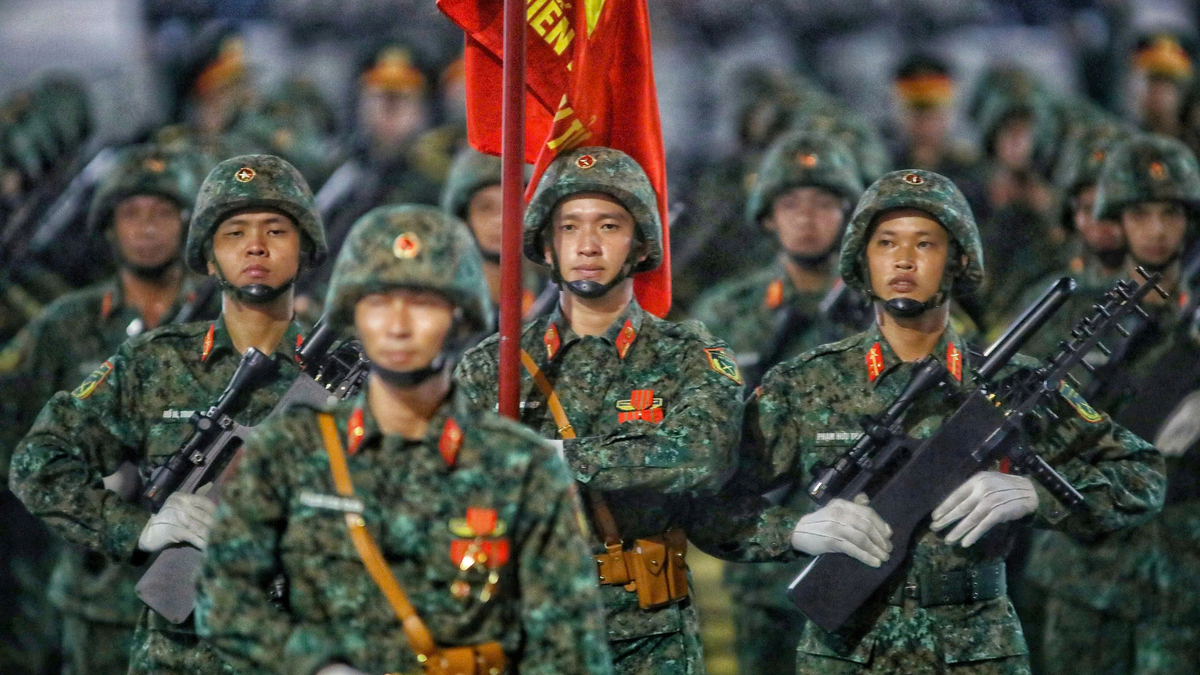
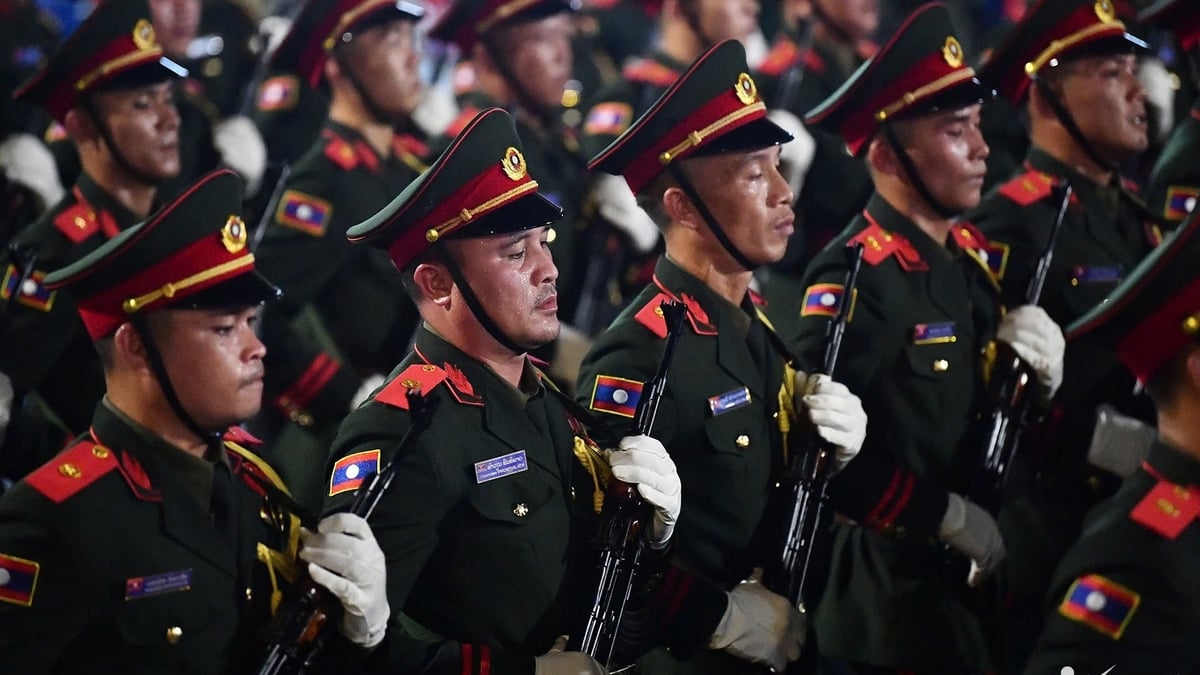
![[Photo] Images of the State-level preliminary rehearsal of the military parade at Ba Dinh Square](https://vphoto.vietnam.vn/thumb/1200x675/vietnam/resource/IMAGE/2025/8/27/807e4479c81f408ca16b916ba381b667)
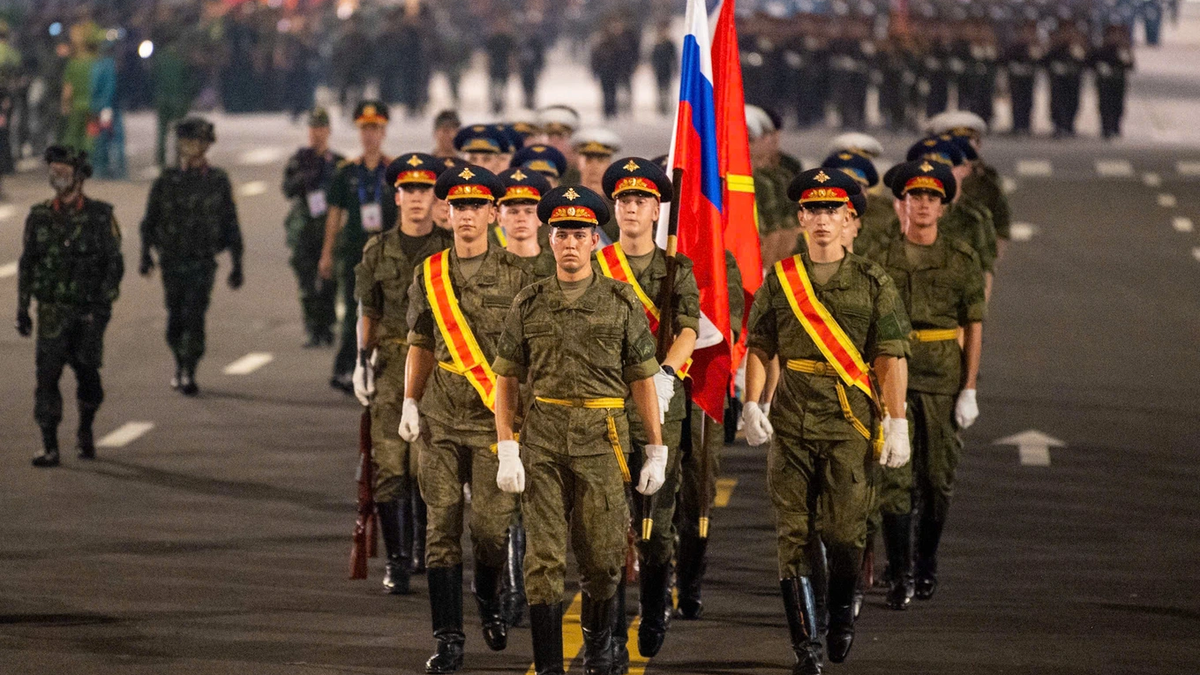
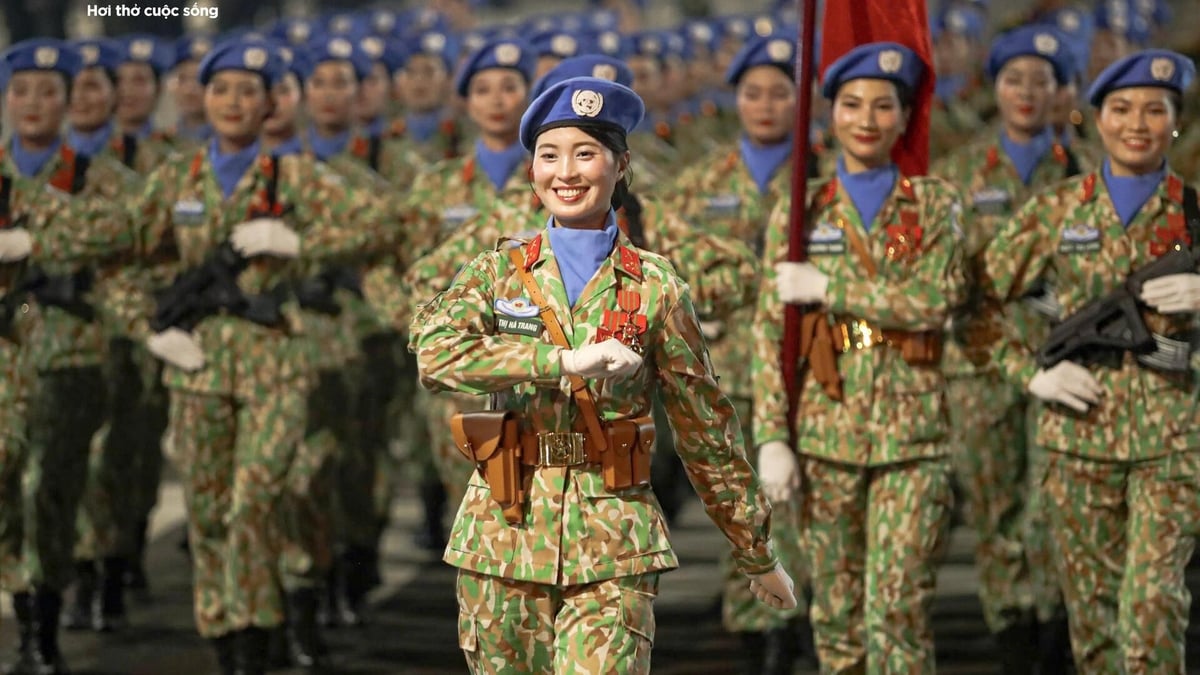
![[Photo] Parade blocks pass through Hang Khay-Trang Tien during the preliminary rehearsal](https://vphoto.vietnam.vn/thumb/1200x675/vietnam/resource/IMAGE/2025/8/27/456962fff72d40269327ac1d01426969)



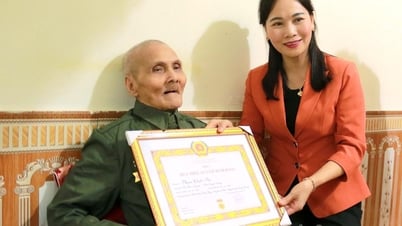

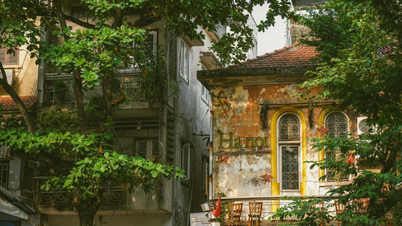

















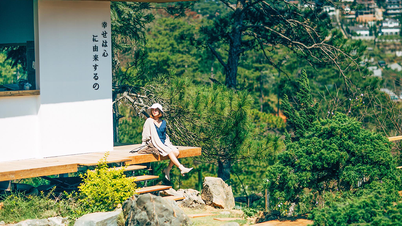








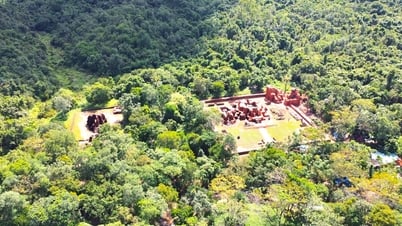

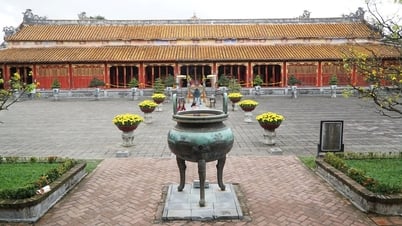


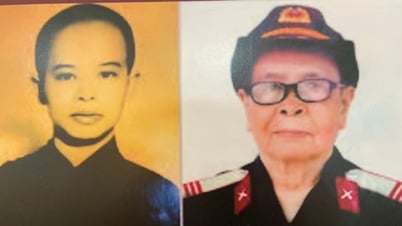





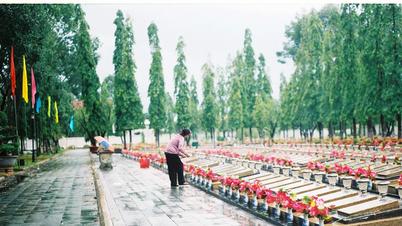
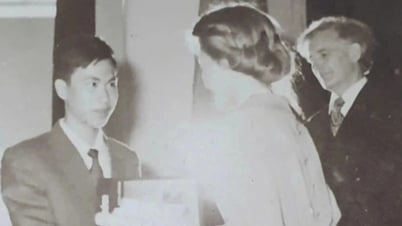












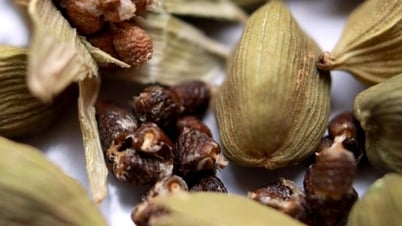
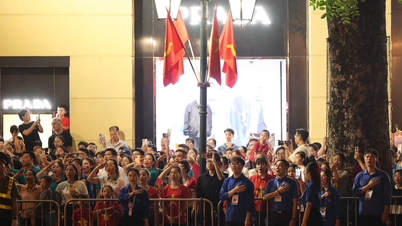
















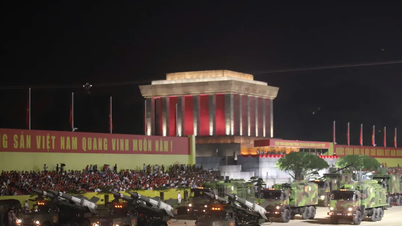
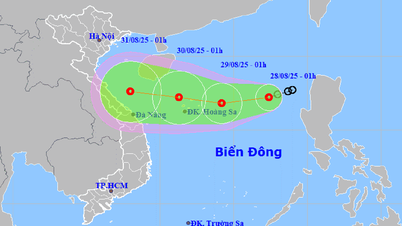















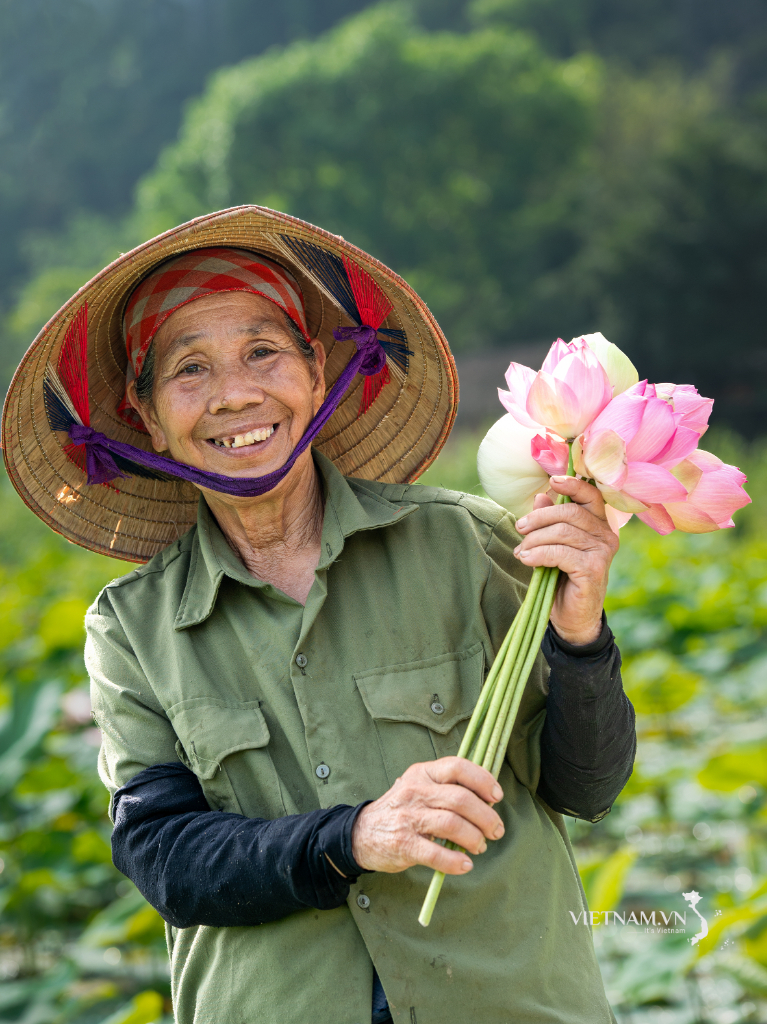

Comment (0)